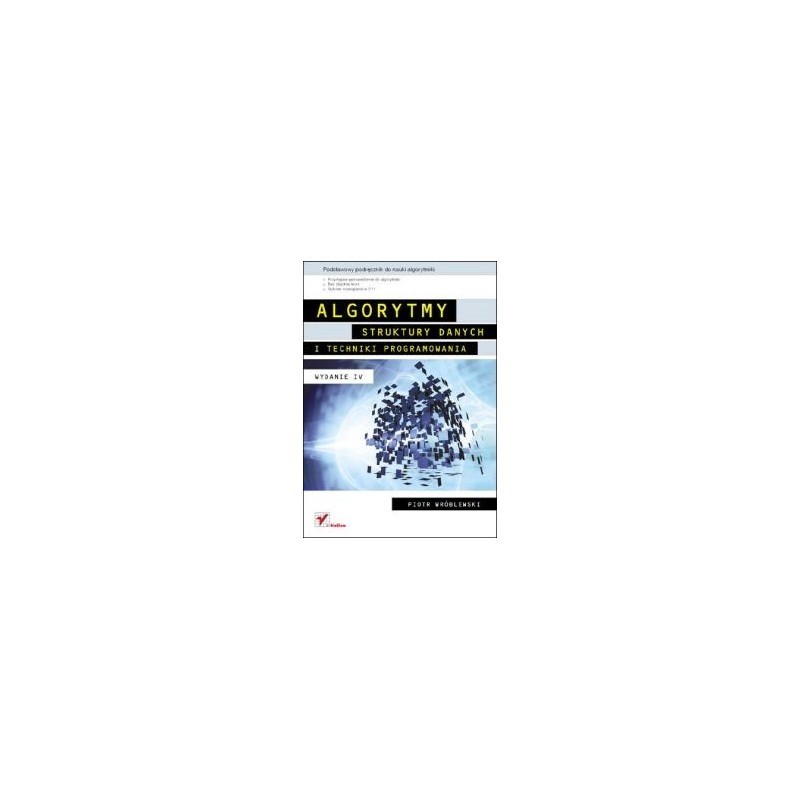- Out-of-Stock



No product available!
Li-Ion battery type 18650 with a nominal voltage of 3.7 V and a capacity of 3400 mAh. Panasonic NCR-18650B
No product available!
No product available!
No product available!
High voltage differential probe. It has good measurement parameters: 100 MHz band and operating voltage up to 1300 V. The probe has two damping factors: 50X and 500X. Micsig DP10013
No product available!
No product available!
No product available!
No product available!
No product available!
No product available!
Battery: Li-Po; 3.7V; 400mAh; Outputs: wires with 2-pin JST-PH connector; 5 x 25 x 35mm. PRT-10718
No product available!
No product available!
Permanent cylindrical neodymium magnet with a diameter of 6 mm and a height of 2 mm.
No product available!
12 pin GPIO ribbon cable (200mm) for Odroid XU4 and Odroid XU4Q
No product available!
No product available!
No product available!

